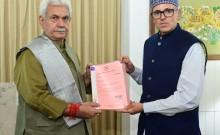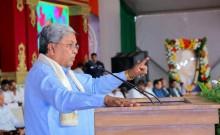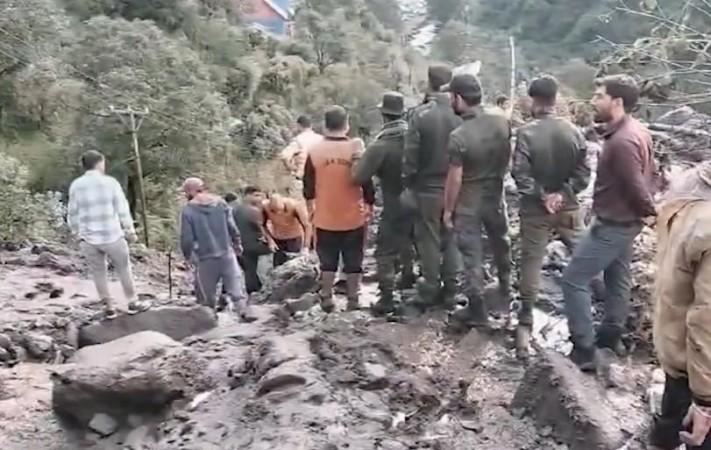
The just-concluded month of August has turned out to be the deadliest in the history of Jammu and Kashmir, with nearly 170 people, including 132 pilgrims of Mata Vaishno Devi and Machail Mata, losing their lives in cloudbursts, landslides, and flash floods.
Heavy rains wreaked havoc across the Jammu division, triggering cloudbursts, flash floods, swollen rivers, and landslides that damaged vital infrastructure, including bridges and roads.
On August 2, a tragic incident claimed the life of a young Jammu and Kashmir Administrative Service (JKAS) officer, Rajinder Singh Rana, who was serving as Sub-Divisional Magistrate (SDM) Ramnagar, and his 10-year-old son. Their SUV was struck by a massive landslide in the Dharmari area of Reasi district while the family was traveling to their native village. Six others, including his wife and daughter, sustained injuries.
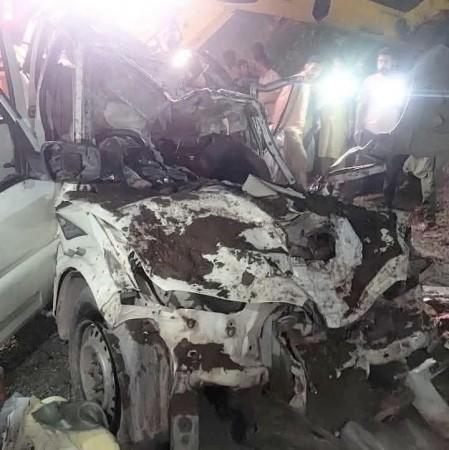
Despite repeated weather alerts warning of very heavy rain, cloudbursts, flash floods, and landslides, three back-to-back rain-related disasters within a span of one month claimed nearly 170 lives, including those of 132 pilgrims.
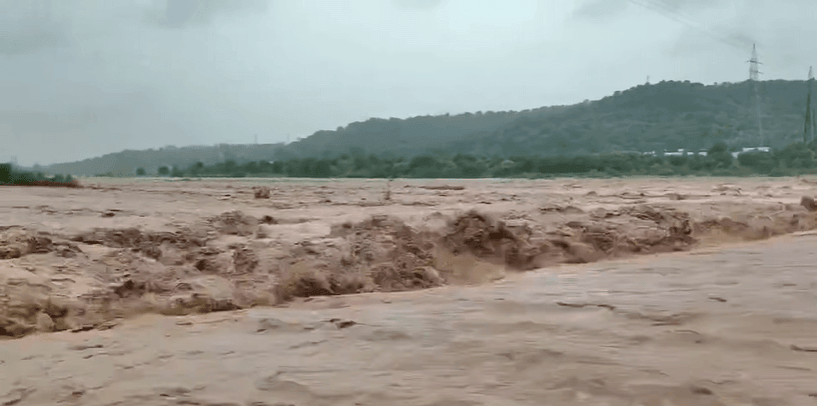
The gravity of the situation can be gauged from the fact that the Union Territory administration, headed by Lieutenant Governor Manoj Sinha, was forced to suspend the annual Amarnath Yatra in view of inclement weather forecasts. The Yatra, which was scheduled to culminate on August 9 on the occasion of Raksha Bandhan, was concluded abruptly on August 3 due to continuous heavy rains and safety concerns.
Major Incidents in August 2025
- August 7 (Udhampur): Three Central Reserve Police Force (CRPF) personnel were killed and 15 were injured when their vehicle skidded off the road and plunged into a deep gorge in the Basantgarh area.
- August 14 (Kishtwar): At least 65 devotees were killed when a devastating cloudburst, followed by flash floods, struck Chositi—the last motorable point en route to the holy Machail Mata temple. Thirty-three others, who remain missing, have been presumed dead by authorities.
- August 17 (Kathua): Seven people, including five children, lost their lives in cloudburst-triggered landslides and flash floods in the villages of Bhangar and Jodh Ghati.
- August 26 (Reasi): Thirty-four devotees were killed after heavy rains triggered a landslide near the Vaishno Devi shrine in Katra. The incident occurred near Inderprastha Bhojnalaya at Adhkwari on the track leading to the cave shrine.
- August 30 (Ramban & Reasi): Eleven people, including seven members of a single family, were killed in cloudburst-triggered landslides in Mahore (Reasi) and Rajgarh market (Ramban).
Wettest August Since 1901
The Jammu region experienced its sixth-wettest August since 1901, recording 319.3 mm of rainfall against the normal 184.9 mm—an excess of 73%.
Over 30 incidents of flash floods, cloudbursts, landslides, gusty winds, and thunderstorms were recorded during the month, with at least 14 major events leading to fatalities.
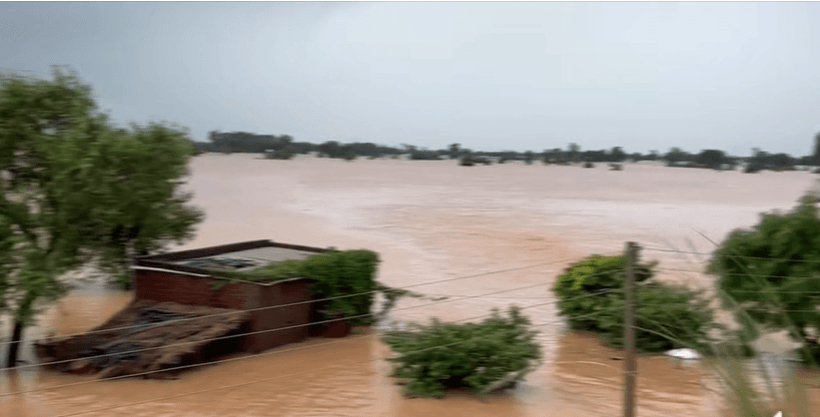
Experts attribute the alarming rise in extreme weather events to erratic rainfall patterns linked to climate change, raising concerns over the Union Territory's disaster preparedness.
The highest-ever rainfall for August was recorded in 1996 at 481.3 mm, followed by 345.8 mm in 1908, 343 mm in 2013, 336.5 mm in 1994, and 331 mm in 1955.
District-Wise Rainfall Departures
This year, several districts in Jammu recorded extraordinary rainfall departures.
Doda: 488.2 mm against 125.1 mm (290% excess)
Udhampur: 897.9 mm against 346.6 mm (159% excess)
Ramban: 286.2 mm against 122.6 mm (133% excess)
Samba: 720.5 mm against 318.7 mm (126% excess)
Other major departures were reported in Reasi (64%), Jammu (53%), Kathua (45%), Rajouri (42%), Kishtwar (21%), and Poonch (17%).
In Kashmir, rainfall patterns were mixed. Anantnag (35%), Pulwama (18%), Kulgam (13%), and Srinagar (15%) received above-normal rainfall, while deficits were recorded in Kupwara (-23%), Bandipora (-20%), Budgam (-1%), Baramulla (-2%), Ganderbal (-17%), and Shopian (-69%). (The Shopian figure is suspected to be erroneous, as per officials.)
Meanwhile, Ladakh reported exceptional rainfall departures. Kargil received 32.6 mm against the normal 2 mm—a 1,530% surplus—while Leh recorded 54.7 mm against the normal 5.6 mm, an 877% surplus. Overall, Ladakh UT witnessed 49.5 mm of rainfall compared to the normal 4.8 mm, marking a massive 930% departure.






